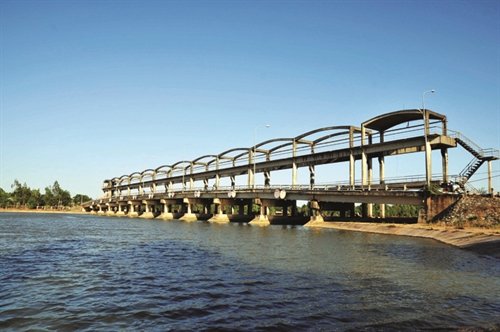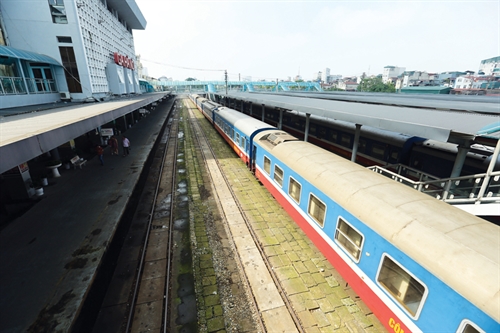Coming into force from July this year, the 2017 Law on Public Debt Management (the Law) is expected to improve and tighten the management of public debts.
Public debts, as defined in the Law, include government debts, government-guaranteed debts and local administration debts
.
With 63 articles arranged in 10 chapters, the Law deals with the borrowing and use of loans, repayment of debts, and public debt management operations.
 |
| The State oversees the fulfillment of responsibilities and powers of agencies, organization and individuals involved in public debt management__Photo: Internet |
State management of public debts
The Law stipulates that the State uniformly manages public debts and oversees the fulfillment of responsibilities and powers of agencies, organization and individuals involved in public debt management. It also strictly controls public debt safety indicators and ensures national financial safety and sustainability and macro-economic stability.
Noticeably, the Law vests the public debt management function in only one agency, instead of three agencies (the Ministry of Finance, the Ministry of Planning and Investment and the State Bank) as currently prescribed. With its tasks and powers defined in Article 15, the Ministry of Finance will act as the focal point assisting the Government in performing the uniform management of public debts. Other ministries and ministerial-level agencies will collaborate with the Ministry of Finance in performing the state management of public debts as assigned by the Government.
Besides, the Law assigns more public debt management tasks to the National Assembly Standing Committee, President and State Audit Office to conform with the 2013 Constitution and the current laws.
The Law also stresses that heads of agencies and organizations involved in the state management of public debts will take personal responsibility for any violations occurring in relation to public debts within their agencies or organizations.
Control of public debt risks
The Law has new provisions on public debt safety indicators, five-year plans on borrowing and repayment of public debts, three-year public debt management programs, and annual plans on borrowing and repayment of public debts.
“Warning threshold of public debts” mentioned in Article 21 is a new term. This is an international practice incorporated in the Law.
The Law regulates the compilation of statistics, building of a database and reporting on public debts. It also stipulates the disclosure of public debt indicators and data as well as competence to disclose information about public debts. Information about public debts must be disclosed on the websites of the Ministry of Finance and provincial-level People’s Committees, through press conferences and press releases, and in public debt bulletins issued by the Ministry of Finance once every six months in both Vietnamese and English, according to the Law.
ODA loans and foreign concessional loans
Under Article 29 of the Law, ministries, sectors and localities will prepare proposals on programs and projects to be funded with ODA loans or foreign concessional loans.
The Ministry of Finance is tasked to determine the grant element, assess the impacts of new loans on public debt safety indicators, and determine the domestic financial mechanism before reporting them to the Prime Minister for consideration and approval together with proposals on the ODA loan- or foreign concessional loan-funded program or project.
Based on the Prime Minister’s approval, the managing agency will prepare a pre-feasibility study report or a report proposing investment in the ODA loan- or foreign concessional loan-funded program or project, and propose a competent authority to decide on the investment.
Once the investment in the ODA loan- or foreign concessional loan-funded program or project is decided by a competent authority, the managing agency will make a feasibility study report and submit it to the competent authority for making investment.
Under the Law, the President, Government and Prime Minister will direct the negotiation and signing of ODA loan or foreign concessional loan agreements. For loan agreements to be signed in the name of the State, the Government will propose the negotiation, signing and ratification of such agreements to the President. For loan agreements to be signed in the name of the Government, the Prime Minister will decide and direct the negotiation and signing of such agreements.
An ODA loan or a foreign concessional loan agreement for a program or project may be signed only after investment procedures have been completed and the agreement has been approved by a competent authority.- (VLLF)









